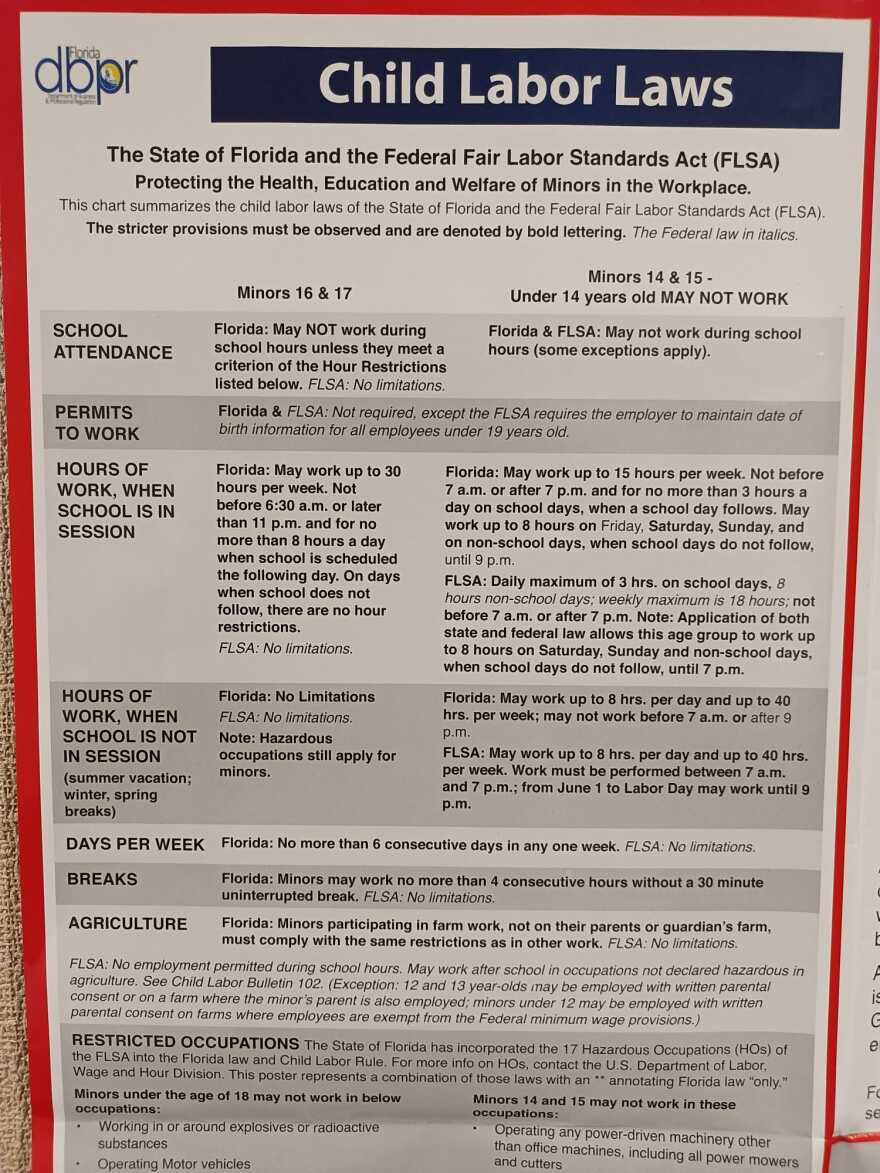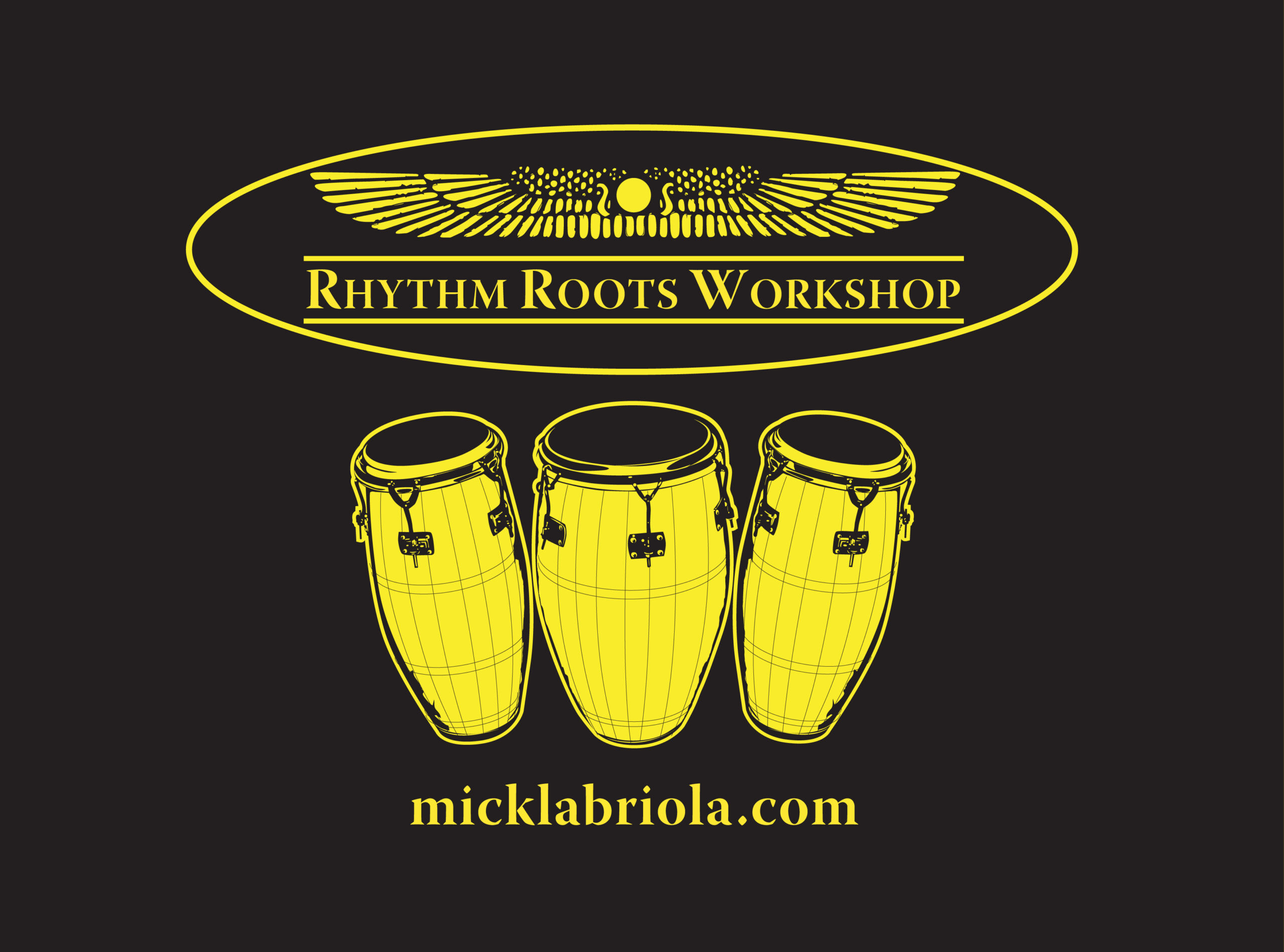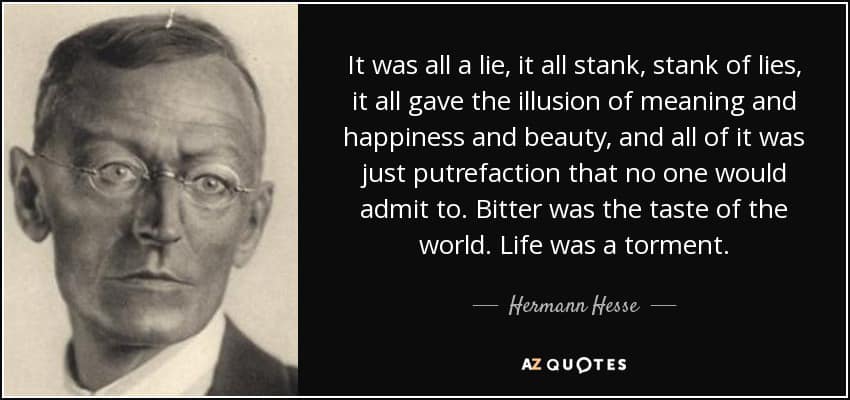Blog
One of the brightest galaxies in planet Earth’s sky is similar in size to our Milky Way Galaxy: big, beautiful Messier 81. Also known as NGC 3031 or Bode’s galaxy for its 18th century discoverer, this grand spiral can be found toward the northern constellation of Ursa Major, the Great Bear. The sharp, detailed telescopic view reveals M81’s bright yellow nucleus, blue spiral arms, pinkish starforming regions, and sweeping cosmic dust lanes. But some dust lanes actually run through the galactic disk (left of center), contrary to other prominent spiral features. The errant dust lanes may be the lingering result of a close encounter between M81 and the nearby galaxy M82 lurking outside of this frame. Scrutiny of variable stars in M81 has yielded a well-determined distance for an external galaxy — 11.8 million light-years.

Herman “Junior” Parker (March 27, 1932 – November 18, 1971), also known as Little Junior Parker, was an American blues singer and harmonica player. He is best remembered for his voice which has been described as “honeyed” and “velvet-smooth”. One music journalist noted, “For years, Junior Parker deserted down home harmonica blues for uptown blues-soul music”. In 2001, he was inducted into the Blues Hall of Fame. Parker is also inducted into the Mississippi Musicians Hall of Fame.
more...Leroy Carr (March 27, 1904 or 1905 – April 29, 1935 Nashville) was an American bluessinger, songwriter and pianist who developed a laid-back, crooning technique and whose popularity and style influenced such artists as Nat King Cole and Ray Charles. Music historian Elijah Wald has called him “the most influential male blues singer and songwriter of the first half of the 20th century”. He first became famous for “How Long, How Long Blues“, his debut recording released by Vocalion Records in 1928.
Carr had a severe alcohol addiction. His last recording session was held in Chicago on February 25, 1935, in which the reportedly temperamental Blackwell stormed out before the session was finished and Carr recorded his final song, “Six Cold Feet in the Ground”, as a solo.
Two months after the session, and a month after his 30th birthday, he died of nephritis and was buried in Floral Park Cemetery in Indianapolis.
more...Sarah Lois Vaughan (March 27, 1924 – April 3, 1990) was an American jazzsinger and pianist. Nicknamed “Sassy” and “The Divine One“, she won two Grammy Awards, including the Lifetime Achievement Award, and was nominated for a total of nine Grammy Awards. She was given an NEA Jazz Masters Award in 1989. Critic Scott Yanow wrote that she had “one of the most wondrous voices of the 20th century”.
more...
Victor Bailey (March 27, 1960 – November 11, 2016) was an American bass guitarplayer. He was the bassist for Weather Report during their final years from 1982 to 1986, and launched a solo career in 1988. As a musician, Bailey was known for his signature scat-bass solos. Like his father, Bailey suffered from Charcot–Marie–Tooth disease for most of his adult life. As the disease progressed, Bailey began using a cane to offset his weakened legs. The weakness finally spread to his upper body, necessitating his 2015 retirement from performing and from his teaching position at Berklee College of Music. He died on 11 November 2016 in Stafford, VA, likely from complications from Charcot-Marie-Tooth disease and amyotrophic lateral sclerosis (Lou Gehrig’s disease).
more...Benjamin Francis Webster (March 27, 1909 – September 20, 1973) was an American jazz tenor saxophonist. He performed in the United States and Europe and made many recording with Duke Ellington, Billie Holiday, Johnny Hodges, and others.
A native of Kansas City, Missouri, he studied violin, learned how to play blues on the piano from Pete Johnson, and received saxophone lessons from Budd Johnson. He played with Lester Young in the Young Family Band. He recorded with Blanche Calloway and became a member of the Bennie Moten Orchestra with Count Basie, Hot Lips Page, and Walter Page. During the 1930s, he played in bands led by Willie Bryant, Benny Carter, Cab Calloway, Fletcher Henderson, Andy Kirk, and Teddy Wilson.
more...TALLAHASSEE — Teenagers as young as 14 could soon be allowed to work overnight shifts as part of an effort in the Republican-led Legislature to roll back major aspects of the state’s child labor laws.
The proposal — which moved through its first Florida Senate committeeTuesday — comes as Gov. Ron DeSantis says a younger workforce could be part of the solution to replacing “dirt cheap” labor from migrants in the country illegally.
“Why do we say we need to import foreigners, even import them illegally, when you know, teenagers used to work at these resorts, college students should be able to do this stuff,” DeSantis said last week during a panel discussion with President Donald Trump’s border czar, Tom Homan.


Teaching a Rhythm Roots Workshop Residency at Tasks Unlimited Inc. in Minneapolis. Wednesday March 26th thru April 30th 11am-1pm. Running six consecutive Wednesdays. Exploring Rhythms and Cultures of Egypt, Morocco, Dominican Republic, Jamaica, Spain, Bulgaria, the Caribbean, East Africa etc The workshops will culminate into a Performance on the last day of the Residency.
Rooted in the Fairweather Model, which encourages persons with mental illness to take an active role in the decision-making and provision of mental health services through the use of a peer-supported, community- based residential and work environment. Tasks Unlimited provides supported employment, housing and recovery services for people with mental illness so that they achieve a full life with the rights and responsibilities of adults in our society. Rooted in the Fairweather Model, which encourages persons with mental illness to take an active role in the decision-making and provision of mental health services through the use of a peer-supported, community- based residential and work environment.

more...
Within the nebula, a cluster’s young, massive stars are powering the pervasive nebular glow. The eye-catching shapes looming in the featured portrait of NGC 281 are sculpted dusty columns and dense Bok globules seen in silhouette, eroded by intense, energetic winds and radiation from the hot cluster stars. If they survive long enough, the dusty structures could also be sites of future star formation. Playfully called the Pacman Nebula because of its overall shape, NGC 281 is about 10,000 light-years away in the constellation Cassiopeia. This sharp composite image was made through narrow-band filters in Spain in mid 2024. It combines emissions from the nebula’s hydrogen and oxygen atoms to synthesize red, green, and blue colors. The scene spans well over 80 light-years at the estimated distance of NGC 281.

Diana Ross (born March 26, 1944) is an American singer and actress. Known as the “Queen of Motown Records“, she was the lead singer of the vocal group the Supremes, who became Motown‘s most successful act during the 1960s and one of the world’s best-selling girl groups of all time. They remain the best-charting female group in history, with a total of 12 number-one pop singles on the U.S. Billboard Hot 100.
Following her departure from the Supremes in 1970, Ross embarked on a successful solo music career with the release of her eponymous debut solo album. She went on to release 26 studio albums, including Touch Me in the Morning (1973), Diana Ross(1976), Diana (1980), Why Do Fools Fall in Love (1981) and Swept Away (1984). Her singles “Ain’t No Mountain High Enough“, “Touch Me in the Morning“, “Theme from Mahogany (Do You Know Where You’re Going To)“, “Love Hangover“, “Upside Down” and “Endless Love“, all topped the Billboard Hot 100, making her the female solo act with the most number-one songs in the United States at the time. Her success continued throughout the 1980s and 1990s with global hits, including “I’m Coming Out“, “Why Do Fools Fall in Love“, “All of You“, “Chain Reaction“, “If We Hold on Together“, and “When You Tell Me That You Love Me“.
Ross has also achieved mainstream success and recognition as an actress. Her first role was her Golden Globe Award-winning and Academy Award-nominated portrayal of Billie Holiday in the film Lady Sings the Blues (1972), which made her the first African-American actress to receive an Academy Award nomination for a debut film performance. The film’s soundtrack became her only solo album to reach number-one on the U.S. Billboard 200 chart. She also starred in two other feature films, Mahogany(1975) and The Wiz (1978), and later appeared in the television films Out of Darkness(1994), for which she was nominated for a Golden Globe Award, and Double Platinum(1999).
Ross was named the “Female Entertainer of the Century” by Billboard in 1976. Since her solo career began in 1970, Ross has sold over 100 million records worldwide. She is the only female artist to have had U.S. Billboard Hot 100 number-one singles as a solo artist, as the other half of a duet, as a member of a trio, and as an ensemble member, a total of 18. In 2021, Billboard ranked her the 30th greatest Hot 100 artist of all time. Her hits as a Supreme and a solo artist combined put Ross among the top-five artists on the Billboard Hot 100 singles chart from 1955 to 2018. She has scored a top 75 U.K. hit single for a record 33 consecutive years (1964–1996). In 1988, Ross was inducted to the Rock and Roll Hall of Fame as a member of the Supremes, and is one of the rare performers to have two stars on the Hollywood Walk of Fame. She was the recipient of a Special Tony Award in 1977, the Kennedy Center Honors in 2007, the Grammy Lifetime Achievement Award in 2012 and 2023 (becoming the first woman to win the award twice, the latter as a member of the Supremes), and the Presidential Medal of Freedom in 2016.
more...Rufus C. Thomas, Jr. (March 26, 1917 – December 15, 2001 Cayce, MS) was an American rhythm-and-blues, funk, soul and blues singer, songwriter, dancer, DJ and comic entertainer from Memphis, Tennessee. He recorded for several labels, including Chess Records and Sun Records in the 1950s, before becoming established in the 1960s and 1970s at Stax Records. His dance records, including “Walking the Dog” (1963), “Do the Funky Chicken” (1969), and “(Do the) Push and Pull” (1970), were some of his most successful songs. According to the Mississippi Blues Commission, “Rufus Thomas embodied the spirit of Memphis music perhaps more than any other artist, and from the early 1940s until his death . . . occupied many important roles in the local scene.”
He began his career as a tap dancer, vaudeville performer, and master of ceremonies in the 1930s. He later worked as a disc jockey on radio station WDIA in Memphis, both before and after his recordings became successful. He remained active into the 1990s and as a performer and recording artist was often billed as “The World’s Oldest Teenager”. He was the father of the singers Carla Thomas (with whom he recorded duets) and Vaneese Thomas and the keyboard player Marvell Thomas.
more...Donald Orlando “Duck” Bailey (March 26, 1933 – October 15, 2013) was an American jazz drummer.
Bailey was born in Philadelphia, Pennsylvania, on March 26, 1933. He was largely self-taught as a drummer.
Bailey got his big break in the jazz world and he is probably best known as the drummer in the trio of jazz organist Jimmy Smith from 1956 to 1964 and also for his work with The Three Sounds on Blue Note Records. While based in Los Angeles, Bailey also worked as a sideman for musicians including Sarah Vaughan, Carmen McRae, Hampton Hawes, Kenny Burrell, and Red Mitchell. In the mid-1970s, Bailey moved to Japan, where he lived for five years.
more...More Posts
- Thad Jones Day
- World Music with the Gloaming
- Daily Roots with the Brentford Allstars
- The Cosmos with NGC 1333
- Johnny Copeland Day
- Sarah Vaughan Day
- Ben Webster Day
- World Music with Wu Mengmeng
- Daily Roots with Liberation Group
- The Cosmos with IC 405
- Diana Ross Day
- James Moody Day
- Rufus Thomas Day
- World Music with Ram Jocomel
- Daily Roots with Winston Francis, Jackie Mittoo & Brentford Rockers
- The Cosmos with Arp 194
- Paul Motion Day
- Cecil Taylor Day
- World Music with Noura Mint Seymali
- Daily Roots with Pablove black




